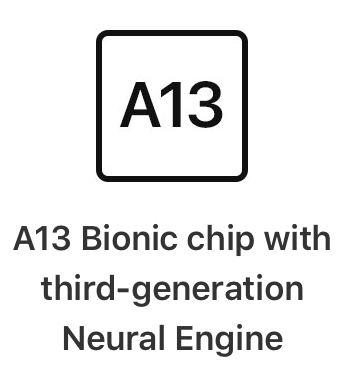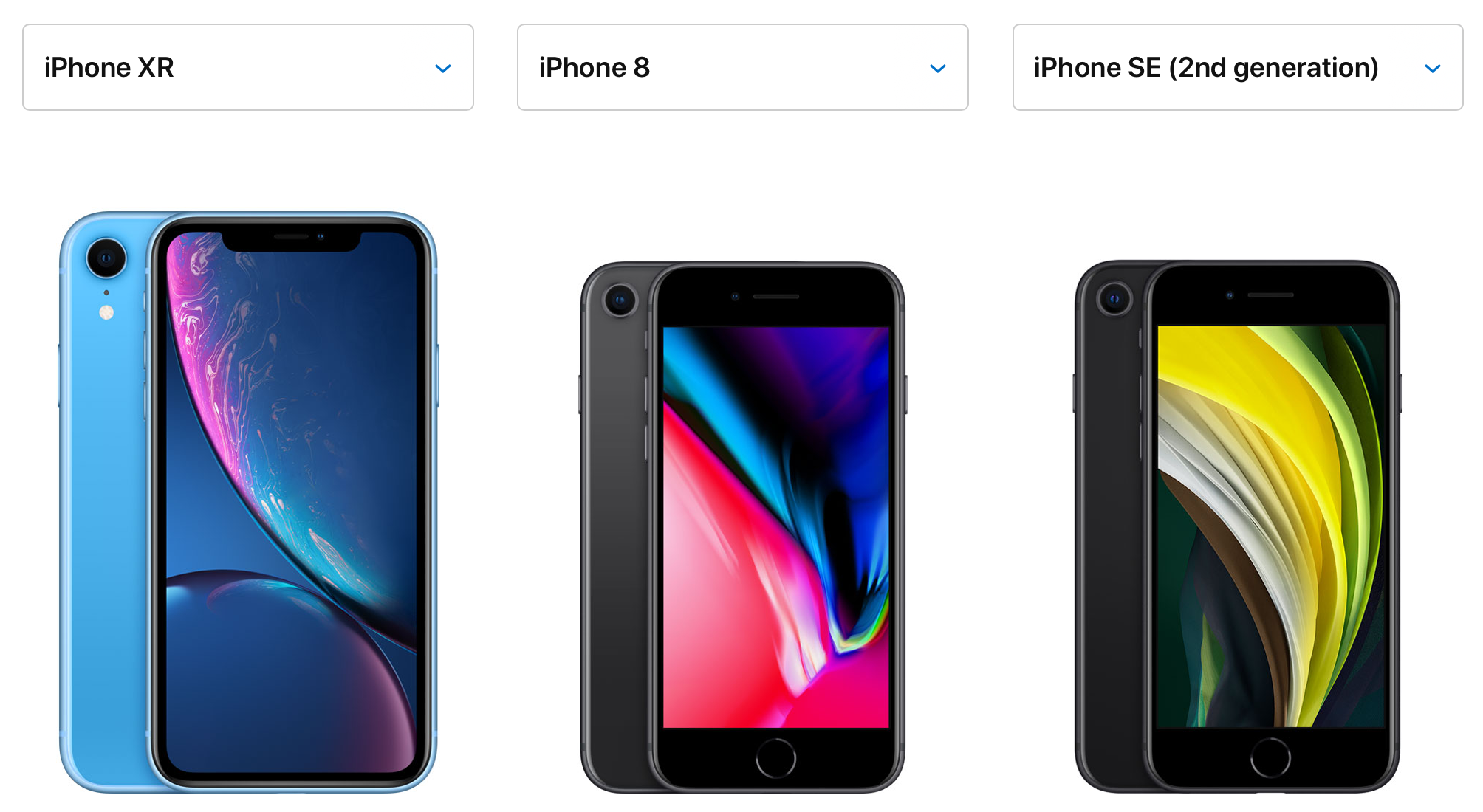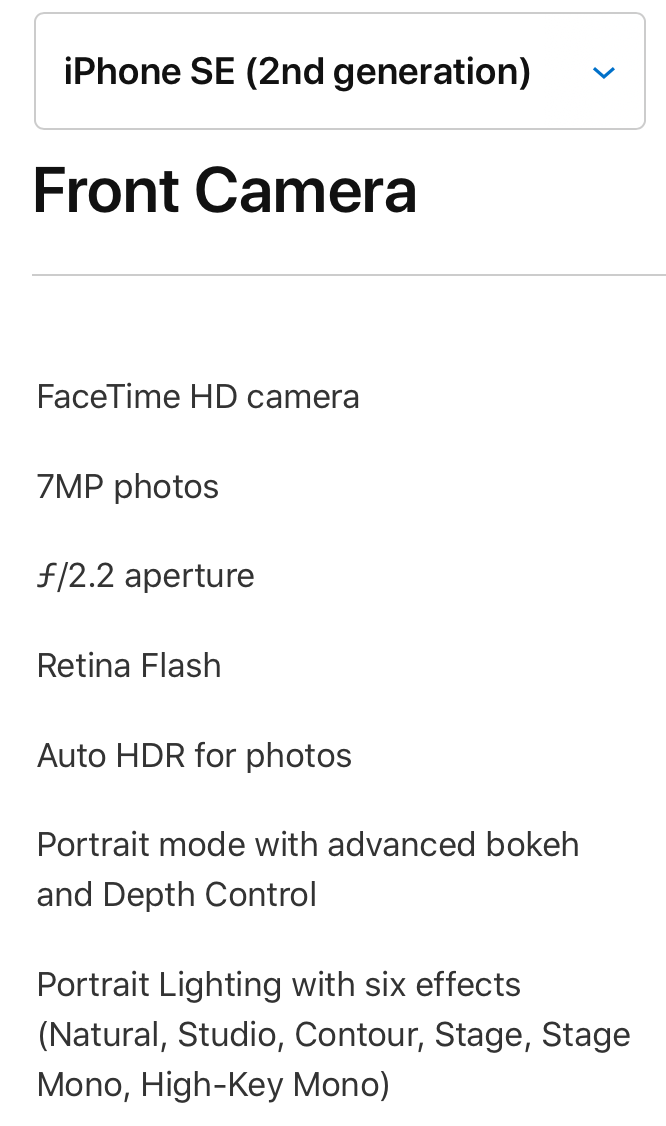Portrait Mode and the Neural Engine on iPhone SE
Apple finally announced the successor to the iPhone SE. Also called the iPhone SE (and from here, the one I am referring to with that name), it built on the expectations that many were thinking: A reuse of an existing design with newer internals. This is exactly how Apple approached the first SE model. So it made since that the new iPhone SE followed suit.

Design wise, the iPhone SE is identical to the iPhone 8 that it replaced. But internally, it contains a lot of technology found in the iPhone 11: A13 Bionic chip with the third generation Neural Engine, support for WiFi 6, Gigabit class LTE, etc. It also made some changes from the iPhone 8 in line with the iPhone 11, such as the removal of 3D Touch.
But there are some camera differences with the iPhone SE, especially when compared to the iPhone 8, that made me really think.
Portrait Mode
The iPhone SE, like the visually identical iPhone 8, has a single camera on the back side. If you compare the specs between the iPhone 8 and iPhone SE, you’ll see no difference:
- Single 12MP Wide camera
- Wide: ƒ/1.8 aperture
- Optical image stabilization
- Digital zoom up to 5x
- True Tone flash with Slow Sync
The iPhone 8 camera was really good, so keeping that same sensor, especially to reduce cost, makes sense.
But there’s something the iPhone SE has than its predecessor didn’t have:
- Portrait mode with advanced bokeh and Depth Control
- Portrait Lighting with six effects (Natural, Studio, Contour, Stage, Stage Mono, High‑Key Mono)
The iPhone SE adds Portrait mode, something that initially came to the iPhone 7 Plus because of its dual cameras. Bringing this to a 4.7-inch iPhone like the iPhone SE is a first.

Now, this isn’t the first time a single camera iPhone has received Portrait Mode. The iPhone XR, released in 2018, had a single backside camera and supported Portrait Mode. If we compare the stats of the XR’s backside camera against the iPhone 8 and iPhone SE, we’ll see that it’s identical. However, there is a notable difference with the iPhone XR:
- Portrait Lighting with three effects (Natural, Studio, Contour)
The iPhone XR only supports three effects in Portrait Mode on the single backside camera. What gives?
Apple explains in their press release:
iPhone SE features the best single-camera system ever in an iPhone with a 12-megapixel f/1.8 aperture Wide camera, and uses the image signal processor and Neural Engine of A13 Bionic to unlock even more benefits of computational photography, including Portrait mode, all six Portrait Lighting effects and Depth Control.
The neural engine in the A13 is able to do much better with the single camera sensor input to process all of the available effects for Portrait Mode. So much so that it enables all six effects on the single camera!
But it doesn’t stop there!
A First on an iPhone
Let’s compare the front camera on the iPhone 8, iPhone XR, and iPhone SE.
The iPhone 8 and iPhone SE both have identical specs:
- FaceTime HD camera
- 7MP photos
- ƒ/2.2 aperture
- Retina Flash
- Auto HDR for photos
- 1080p HD video recording at 30 fps
Since it doesn’t include the TrueDepth camera system, which uses a camera and additional sensors to detect facial features and depth, the iPhone SE has Touch ID instead of Face ID for unlocking the device. It also makes sense that it doesn’t have Portrait Mode on the front camera.

Except it does.
- Portrait mode with advanced bokeh and Depth Control
- Portrait Lighting with six effects (Natural, Studio, Contour, Stage, Stage Mono, High‑Key Mono)
Again, from Apple’s press release, just after the earlier quote:
Using machine learning and monocular depth estimation, iPhone SE also takes stunning Portraits with the front camera.
The iPhone SE is the first iPhone without the TrueDepth camera system with front facing Portrait Mode. It’s using a single camera, like the backside, to enable the same level of Portrait Mode, using the same cameras as found in the iPhone 8.
It’s amazing what the A13 Bionic chip is able to enable. It and the third generation Neural Engine definition power the most powerful smartphones in the world. In the words of Apple SVP Phil Schiller: “It’s a big deal.” And to be able to include their fastest chip in their cheapest iPhone? An easy win for Apple.